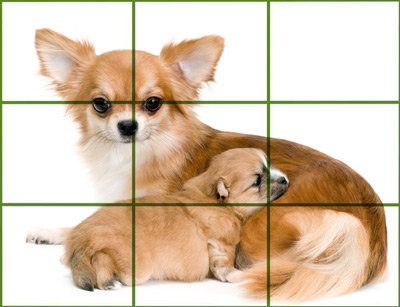5 Acronyms and Rhymes to Help Teach Communication Skills to Young Ones (Pre-K / Elementary)
We recently crowdsourced to find out your best rhymes and acronyms for teaching communication skills to young children. Below you will find 5 great ideas! #1. Listen Like a Mouse Debbie Lopez, 20+ year teacher and tutor and Director of Content Marketing for Zivadream, an education advocacy and test prep








